N-1wsletter #10: The lengths we’ll go to ride outside
A wintertime e-cargo fat bike, new headlights, old headlight companies, and tech tips from the skiing world.
Featured in this week’s tech round-up:
I may regret my latest bike review idea.
Colorful new headset options from Wolf Tooth Components for your Enve In-Route frame.
Outbound Lighting goes big with its latest helmet light.
Carbon forks are now for sale from No. 22 Bicycle Company No. 6 Composites.
Precision-made (and colorful) flat-mount brake adapters.
Zevlin is back!
And so is The Pros Closet…
…but Light & Motion closes its doors for good.
Mavic’s new carbon gravel wheels look promising.
Voile straps FTW!
Winter has arrived in earnest here in Colorado, and I’m looking out my window at a decent blanket of freshly fallen fluffy stuff. I’ll always choose to ride outdoors if given the option, but as much as I’m usually willing to head out in questionable conditions, it’s days like these that I’ll often fire up the Zwift account and take a few laps of Watopia, all in the comfort of my (heated) basement.
Indoor cycling has come an awfully long way – and I say that as someone who used to ride a Computrainer back in late 1990s, and “dumb” trainers staring at old World Cycling Production VHS tapes on repeat before then. Yet for as good as the technology has become, I’m perhaps a little old-fashioned in my belief that there’s still no substitute for the real thing.
People sometimes like to say that the only thing standing between you and a proper bike ride is the right clothing, and I’ll raise my hand to having smugly held that attitude myself at times. Back in my college years, I would foolishly commute to class through awful Michigan winters on a road bike with crummy rim brakes and a set of Michelin Hi-Lite Cross tires, and it was all I could do to stay upright. I did manage to stay upright, though – at least most of the time.
If I really sit down and think about what keeps me from heading out now, it’s not the clothing; it’s the bike. Once there’s consistently snow on the ground, it’s basically fat bikes or nothing.
I’ve had a fat bike in the stable for the last dozen years or so, and I’ve not once regretted a single ridiculous ride I’ve done on it: not when it’s been -24°C (-12°F), not when the trail has been so poorly packed down and post-holed that I spent more time laying on the ground than riding on top of it, not when the snow was so loose and churned that I was pushing more than I was pedaling.
I don’t like the idea of always having to drive to a trailhead for a bike ride, though, nor does the thought of playing in traffic on semi-dry roads in wintertime conditions seem all that appealing. And truth be told, sometimes the rides that I enjoy the most are the midday breaks where all I’m doing is getting things done by bike instead of by car, and a fat-tired trail bike just isn’t the best tool for that job.
But a fat-tired e-cargo bike? Now we’re talking.
I’ve been going back and forth with my contact at Tern Bicycles as I’ve been writing this introduction, and I’ve got more than a few doubts about the idea I’ve just presented to them (which, for better or worse, they’ve agreed to facilitate). I mentioned in last week’s newsletter an experiment years ago where I committed to going car-free for 30 days in the middle of a Colorado winter so I could get a proper taste of cargo bike life. The bike I used then wasn’t ideally suited for the task, but Tern’s new Orox long-tail most certainly is, what with its 27.5x4” Vee Rubber Snowball (studdable!) tires, Bosch Performance Line CX mid-drive e-assist motor, stock front and rear full-wrap fenders, a full-sized frame bag, and a wide-range Shimano Deore XT 1x12 mechanical drivetrain with four-piston Magura hydraulic disc brakes at either end.
To boost the utility factor, I’ve also requested Tern’s massive rear cargo panniers and a front rack (to which I’ll attach some waterproof Ortlieb panniers). Front and rear lights come standard – and they’re wired directly to the Bosch battery – so no need for me to supplement there, at least around town.
What will I use this for? All sorts of things. There will be the usual errand-running and grocery-getting (I’d best get myself a really good lock – and maybe some extra AirTags), and I’ll probably hit some of my usual gravel routes since those will be even less frequently traveled by motor vehicles than when it’s dry. But I’m also hoping to (somehow) get this up into the high country for my weekly fat bike group rides in the snowy woods to see how it does there.
Will this turn out to be a good idea? I have my doubts – and maybe a few fears. But whichever way it goes, I’m going to have a story to tell. At the very least, if something like this allows me to maintain my (mostly) car-free lifestyle through the winter, I’m all for it. Be sure to follow the shenanigans on my Instagram feed.
In the news
Wolf Tooth debuts headsets for Enve In-Route
Wolf Tooth Components has announced yet another variant of its ever-expanding collection of headsets, now offering compatibility with Enve’s In-Route system for fully internal cabling. In fact, there are two new headsets to speak of here: the IS52 for drop-in head tubes, and the EC44 with more traditional-looking external-style cups.
Both reside in Wolf Tooth’s “Premium” headset tier, with CNC-machined 6061 aluminum cups and covers (made in the company’s Minnesota workshop) and Enduro stainless steel angular contact bearings. Each will also feature three sets of seals: a contact seal between the lower bearing and crown race; both contact and labyrinth seals at the upper cover, and the usual contact seals on the bearing cartridges themselves. Considering how challenging it is to replace bearings with Enve’s In-Route system, the more seals, the better.
If you’re a hardcore devotee to the #slamthatstem movement, you’ll be happy to know Wolf Tooth has engineered the new headsets with just 3.5 mm of stack height between the top of the upper bearing cartridge and the top of the upper headset cover on the IS52 model, and 15.8 mm of total upper stack for the EC44. But if not, Wolf Tooth is also including two 5 mm-tall spacers with each headset – the standard two-piece Enve molded plastic spacers, I should point out, not machined aluminum ones.
“Ours were going to be like US$25 retail per 5-mm spacer (they’re hard little suckers to make),” Wolf Tooth founder Brendan Moore told me when I asked for clarification. “We ran that price by some small frame builders – who are the biggest consumers of these headsets – and it was a resounding, ‘that is just too expensive’.”
Wolf Tooth is offering the new headsets in its usual array of seven different anodized colors, all with lifetime warranties. Claimed weight is 78 g for the IS52 and 116 g for the more parts-intensive EC44. Retail price is US$180 and US$200, respectively.
Outbound Lighting adds some muscle with new Portal helmet light
Outbound Lighting has only been around since 2017, but the brand has earned a loyal following from dedicated nighttime trail riders thanks to its cutting-edge optics and innovative design (company founder Matthew Conte has a background in automotive lighting engineering, while co-owner Tom Place came from leading LED manufacturer Cree). After several years with a single dedicated helmet-mounted light in its catalog – the Hangover – Outbound has now added a larger and more powerful model called Portal.
“Portal is not a replacement for Hangover; they are two totally different products serving different use cases,” Place explained to me. “Portal comes in to fill a couple applications and cover two common points of customer feedback on Hangover, those being riders wanting more punch to see further on super high-speed trails, and those wanting run time to match Evo [Outbound’s more powerful bar-mounted light].”
Named after a famously treacherous trail in Moab, Utah, that plunges 300 m (1,000 ft) in barely 1.2 km (1 mile) from the mesa all the way to the Colorado River, Portal boasts a higher claimed output than Hangover (1,650 vs. 1,000 lumens), a larger rechargeable battery (5,000 vs. 3,500 mAH), and updated optics. Outbound’s trademark sideways battery orientation yields the same unusually helmet-friendly shape (it’s wider than it is long) as Hangover, and with standard GoPro-standard tabs for flexible mounting options. Portal also retains the same user-friendly single-button operation, four-bar LED charge indicator, and USB-C charging with the option for pass-through power if you need a longer run time.
Portal features three steady and two flashing settings, as well as Outbound’s signature Adaptive mode, which starts at the highest output for about five minutes before gradually tapering down over the next half-hour or so. According to Outbound, this accounts for how your eyes gradually adjust to darkness over time and helps to automatically extend the run time without having to switch settings manually.
“We changed the user interface setup slightly such that ‘high’ has 60% higher center beam intensity than Hangover,” Place added. “If you want more throw, it’s on fast/gnarly/steep downhills where you’re running full-blast on high, and then Adaptive, medium, and low all closely match Evo run times since those are the modes you’re more likely to run for average trail riding where you don’t want to constantly be metering output.”
Claimed run time in Adaptive mode is 2.5 hours, while you’ll supposedly get 65 minutes on the highest setting (a bit shorter than what the Hangover offered, though with much higher output).
Retail price is US$185 / £150 / €185 / AU$300.
No. 6 Composites announces new Adventure carbon fork plus aftermarket availability
In case you weren’t aware, custom titanium frame builder No. 22 Bicycle Company has a carbon fiber component arm of the company called – duh – No. 6 Composites (which, to be clear, manufactures in Asia, not in upstate New York). The brand’s offerings have been limited to full-carbon road (rim and disc) and gravel forks to date, all of which are found on No. 22 complete bike and frame sets and have been available to other frame builders. Now there’s a new Adventure model, and No. 6 has also decided to make all of its forks available for anyone to purchase.
As the name suggests, the Adventure fork boasts the most generous claimed tire clearance of the No. 6 range, clearing a 700x50 mm tire or a 650x2.3”. There are also three-pack accessory mounts on the outside of the fork blades, tidily integrated fender mounts, and internal routing for both the front brake hose and a dynamo wire, all with an axle-to-crown height of 398 mm and a 440 g claimed weight with an uncut 1 1/8-to-1 1/2” tapered steerer. Buyers will have the option of fully or partially internal hose routing, as well as a black Cerakote or raw ready-to-paint finish.
Retail price is US$525.
A properly aligned brake requires a properly flat base
California component brand Freedom Coast has catered exclusively to the mountain bike crowd since opening its doors in 2021 with stuff like fancy machined aluminum brake lever blades, post-mount brake caliper adapters, and fork mounts for trucks and vans. The company has just expanded to the road and gravel side with brake caliper adapters for flat-mount frames and forks, too.
Freedom Coast says its adapters are, “precision machined out of 6061 aluminum to ensure perfectly flat mounting surfaces to deliver consistent and reliable braking.” In other words, the implication is these adapters more closely adhere to the intended dimensional specifications than mass-produced plates from mainstream brands so it’s easier to set up your road or gravel brakes without pad rub (although that ignores the fact it’s often the frame or fork itself that needs to be milled down).
Nevertheless, Freedom Coast’s flat-mount adapters certainly look trick what with their more aggressively machined design, your choice of five anodized colors, and included titanium hardware from Better Bolts (which are also offered in five different anodized colors).
Are these necessary? Of course not. Are they neat? Absolutely.
Retail price is US$45 each, with hardware.
Zevlin is back
Zevlin was founded in 2012 by brothers Brad and Drew Hagestad, and it developed over the next several years into a niche producer of chamois cream and custom bar tape – both of which developed cult followings. Things got messy when the bar tape side of the business was sold to Red Monkey Sports, though, while Zevlin sales manager Sean Kneale took over the chamois cream division until liquidating the company last year. Zevlin is now embarking on a comeback under new owner Glenn Allen, who formerly owned Tribe Multisport in Scotsdale, Arizona.
“I ran the skin care side from 2018 until last year,” Kneale told me. “It was always a side job for me and when I took my new role with Hollywood Racks I knew I wouldn't be able to put enough time into the brand to grow it. I did have some conversations with others about buying the brand, but it never went anywhere.
“I liquidated the inventory and figured that was it. Glenn and I went for a ride when I was in Phoenix for a work event. One thing led to another and he agreed to buy the name, formula, and remaining assets. I've been helping as needed with contacts, processes and the like. Totally going to be a supporter and ambassador for the brand and I'm looking forward to seeing where Glenn takes the brand next.”
Allen is kicking off Zevlin’s return with just the core skin care products for now, including two formulations of chamois cream (cheekily dubbed Crack and SuperCrack), a post-ride no-rinse shower spray, and a microfiber towel. According to Allen, bar tape is “still a question mark,” but given the custom wrap’s previous popularity – not to mention the accessible 10-set minimum order quantity and quick 30-day turnaround – I’m keeping my fingers crossed.
The Pros’ Closet 2.0 notches its first sale
Well that didn’t take long.
Barely two weeks after moving into its new warehouse and office space, resurrected online retailer The Pros’ Closet has nearly a hundred used bikes for sale from 26 different brands on its new web site, ranging in price from just shy of US$10,000 down to US$1,840.
Even better, it’s already landed its first sale: a Giant Trance that’s heading off to someone named Mario.
“As we look toward the future, our focus is on staying lean, scrappy, and sustainable without compromising the premium experience that we’re known for,” said CEO Jonathan Czaja via press release. “Our Dealer TradeUp program will connect more riders with local shops, and our new consignment option will ensure that cyclists get top value for their bikes. We’ve been given a rare opportunity to reboot this iconic brand, and we look forward to preserving and enhancing this business for everyone who shares our passion for cycling.”
Best of luck to you, TPC.
Light & Motion closes its doors
It wasn’t long ago that there were just two major players in the US bike light scene, Niterider and Light & Motion, with the pair regularly trading blows in terms of product development. MTB-focused models with huge outputs and big external battery packs, powerful all-in-ones, rear DRLs, commuter-focused models – you name it, they had it.
Sadly, only one of those two brands now remain.
Rather than vie for a buyer or seek some sort of cash infusion from a third party, Light & Motion has announced it’s shutting down operations entirely, and it looks like it’s already liquidated all of its online inventory.
“Due to many factors, Light & Motion, a US manufacturer of dive, bike, photography, and video lights is closing its operations,” read a statement by CEO Daniel Emerson that was sent to customers and posted on the company web site. “Over our 35 years in business, we have delivered some amazing products and enjoyed innovating to solve customer problems while building products in the US.
“The challenges of being a US manufacturer are significant and the political winds, regardless of the talk, have been against US manufacturing, which continues its decline. We designed our lights to provide many years of continued use and we thank you all for your support over the years.”
Bummer.
Wildfires devastate southern California
As I write this, wholly uncontained wildfires in the Los Angeles, California area have scorched roughly 140 square kilometers (35,000 acres) of land, burned approximately 10,000 structures to the ground, and killed at least five, all fueled by historically dry conditions and hurricane-level Santa Ana winds fanning the flames at more than 130 km/h (80 mph).
It’s all too easy to dismiss disasters like this when you’re far away and your only exposure to it is on the news. But not surprisingly given the location, I’ve already learned of several bike industry folks who have lost everything in fires: their homes, their businesses, their livelihoods, their memories.
We won’t know the final toll of those affected for days – maybe weeks, even, depending on how long it takes to get all of this under control. One name might very well be familiar to the folks reading this right now, though: Zapata Espinoza, long-time bike magazine editor (most recently of Mountain Bike Action and Road Bike Action), mountain bike hall of famer, and all-around genuinely good person who’ll go out of his way to help seemingly anyone in need.
Zap managed to evacuate before the fire got to his neighborhood, but his home was lost to the flames, along with whatever was inside of it.
“[It wasn’t] a big house, not a fancy house, but it was our house, and I did love it,” he said in a brief social media post on Wednesday as he walked through the remains, the surrounding area still smoldering. “And so we start again. Fresh day tomorrow.”
I’ll hug my kid extra-big tonight, Zap, just like you always tell me to.
If you’re so inclined, a friend of Zap’s has just established a GoFundMe on behalf of him and his daughter, Xakota. You can find it here.
Zap, of course, isn’t the only person in the bike industry who has been affected by the fires.
Brad Adams and Ester Song, the co-founders of Road Runner Bags, lost their home the same day as Zap – their “dream home” that they’d purchased just 4 1/2 years ago. There’s a GoFundMe set up for them as well, but Brad has specifically also mentioned that anyone who wants to help should also consider just buying one of their bags so they can at least get their business through the winter.
Zap’s former co-worker at MBA, Mike Wirth, also lost the home in Altadena he shared with his wife, Nicole.
“Mike says he’s lost a lifetime’s worth of his own tools in the fire that destroyed his and Nicole’s home and garage,” read a brief article Mountain Bike Action published on Wednesday. “Mike and his wife Nicole don’t know where they’re going to live next.”
And finally, I’ve learned that Steve Lubanski not only lost his bike shop, Open Road Bicycle Shop in Altadena, but the quirky Bunny Museum attraction located directly adjacent that he ran with his wife.
I’m not aware of any fundraisers set up on behalf of either Steve or Mike, but I’ll update this post if/when I learn of any. Please keep all of these folks in your thoughts. No one deserves this.
Incoming
Heads up: Mavic is not only still in business, but the iconic French wheel brand has now returned to the US market after a three-year hiatus and is pushing the accelerator in terms of product development. Granted, Mavic has yet to introduce anything truly revolutionary recently, but much of its current range is at least much more competitive than it once was.
Case in point: the new Allroad SL Carbon gravel wheelset, a set of which just recently landed on my doorstep.
The hookless and tubeless-compatible rims feature a 25 mm internal width designed for 30-64 mm tires, and a versatile 42 mm depth for a modicum of aerodynamic benefit (though with a relatively narrow 31 mm external width, there’s going to be a fairly pronounced lightbulb effect with most of those tires). The rims are laced with 24 bladed stainless steel spokes front and rear to Mavic’s own Infinity hubset with a star ratchet-style driver design. The spokes are also a Mavic design, but the nipples are at least externally located so the wheels should be easy to true if/when necessary – not that that should be required very often, as my experience has shown Mavic’s build quality to generally be very good.
Actual weight for my test set is 1,616 g (744 g front; 872 g rear, pre-taped) – 66 g heavier than claimed. Retail price is US$1,550 / £1,420 / €1,500.
Admittedly, none of those numbers are particularly compelling on paper, and while the pricing isn’t bad from a mainstream brand all things considered, someone shopping purely by spec will find one of the myriad consumer-direct options to offer better value. Wheels are rarely just about the numbers in my experience, though, so let’s see if Mavic’s accumulated knowledge and experience have anything to add here.
ICYMI
High-quality steel bikes from small American builders can easily cost an arm and a leg – or maybe not? California outfit Stinner Frameworks’ Carrizo Select all-road bike offers a fantastic ride and is way more affordable than going the full-custom route. Read my in-depth review here.
Tech tip of the week: All hail the all-powerful Voile strap
If you’re a skier, there’s a decent chance you’ve heard of Voile, makers of those stretchy TPU rubber straps with all those holes and the funny-looking hooked buckle thing. They’re most commonly used these days to hold your skis together so they’re easier to carry around, but they were originally designed to attach the company’s polyurethane skins to the bottom of your skis for backcountry duty.
Spoiler: I ski, and also have a bunch of Voile straps, but I don’t use any of those straps for anything related to skiing. Modern alpine skis do a good job of securing themselves together just fine on their own, and modern skins no longer have to strapped on to the bottom to stay on. So why do I have these things on hand? Because they’re so incredibly useful in my bike workshop.
I use an extra-long one to keep the front wheel from pivoting left and right if I don’t want it flopping about. I use a short one to keep tension on brake levers when aligning brake calipers. Medium-length ones are the best saddle bag strap you’ll ever use because they’re not only very strong, but also maintain tension and are easily adjustable in case you have more or less stuff in your pack. Canadian brand Velocolour has known this fact for a long time as a Voile strap is standard-issue on its Rocket Pocket saddle pack, and British outfit Tailfin uses custom Voile-style straps on its fantastic frame bags for the only attachment method I’ve ever seen (aside from direct bolt-on arrangements) that absolutely, positively will not mar your frame.
Voile straps are also amazing for strapping additional gear to bikepacking bags or hydration packs, and the company even makes a special version to secure cargo on a conventional front or rear bike rack. I’ve used a Voile strap as an excellent replacement for a broken ratcheting wheel strap on an old roof rack tray. I even keep one as part of my backcountry medical kit in case I need an emergency tourniquet, but you can also use them to fix stuff like broken Boa dials or even a busted brake lever clamp.
You get the point. These things are amazingly versatile.
They’re also refreshingly inexpensive (even the ones big enough to use as a belt are around US$10), they come in heaps of colors and lengths, and you can get them with either nylon or aluminum buckles. Heck, you can even get them custom printed if you’re willing to order a whole bunch of them.
Point being, they’re so stupidly handy that you won’t know what you’ve been missing until you start using them. You can thank me later.
And that’s a wrap for my tenth newsletter – how’d that happen so fast? I kicked off n-1 in late October with really no idea how it was going to go, and I have to say I’ve been incredibly flattered and humbled by the response. I hope I’ve been living up to your expectations so far.
You all are amazing, and thank you so much for the support.


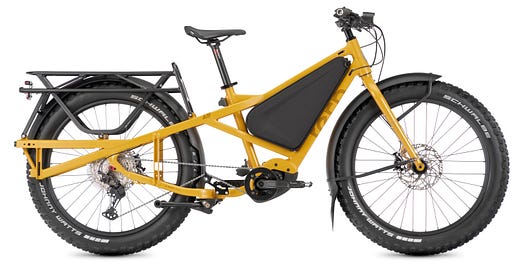



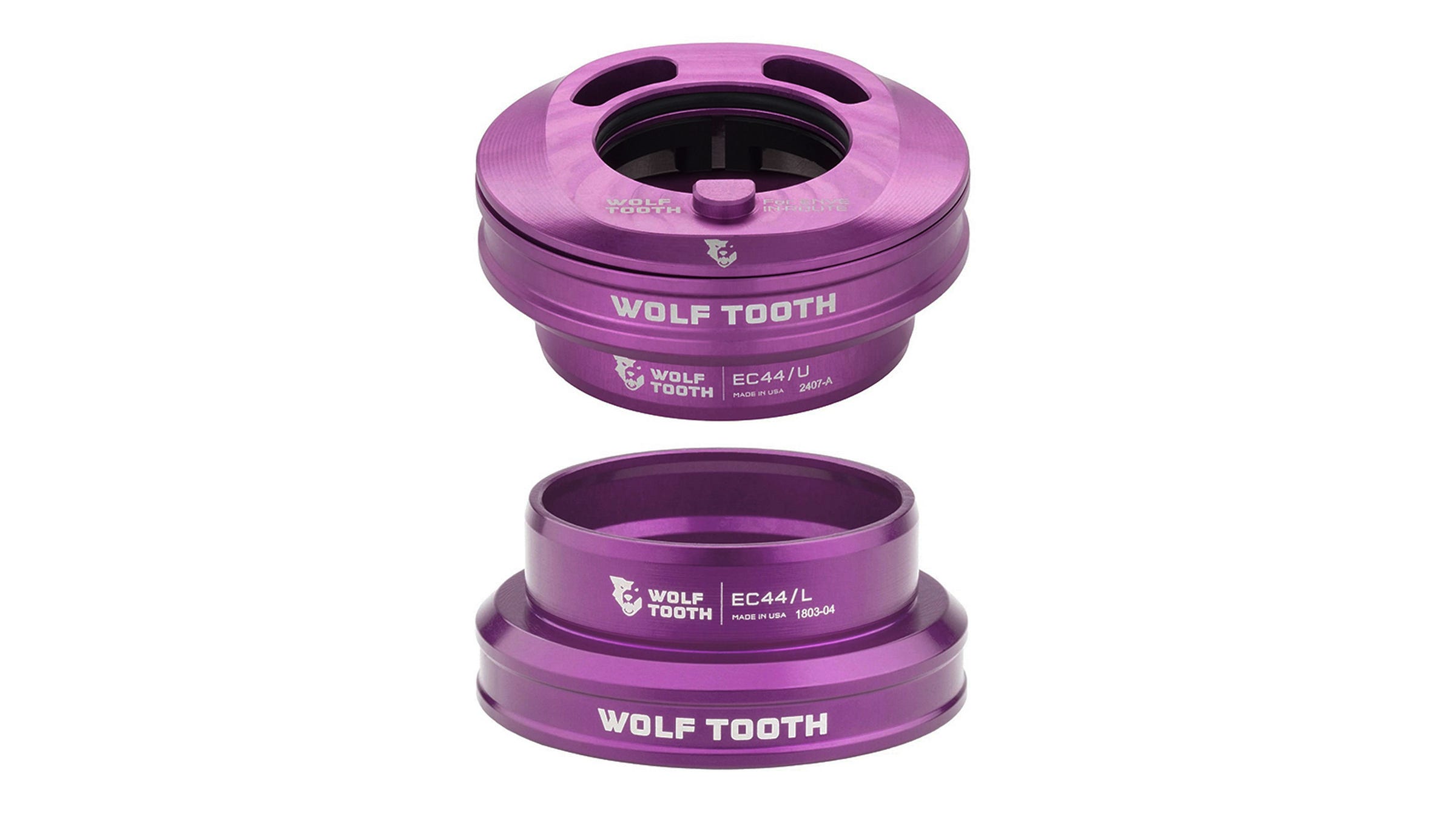
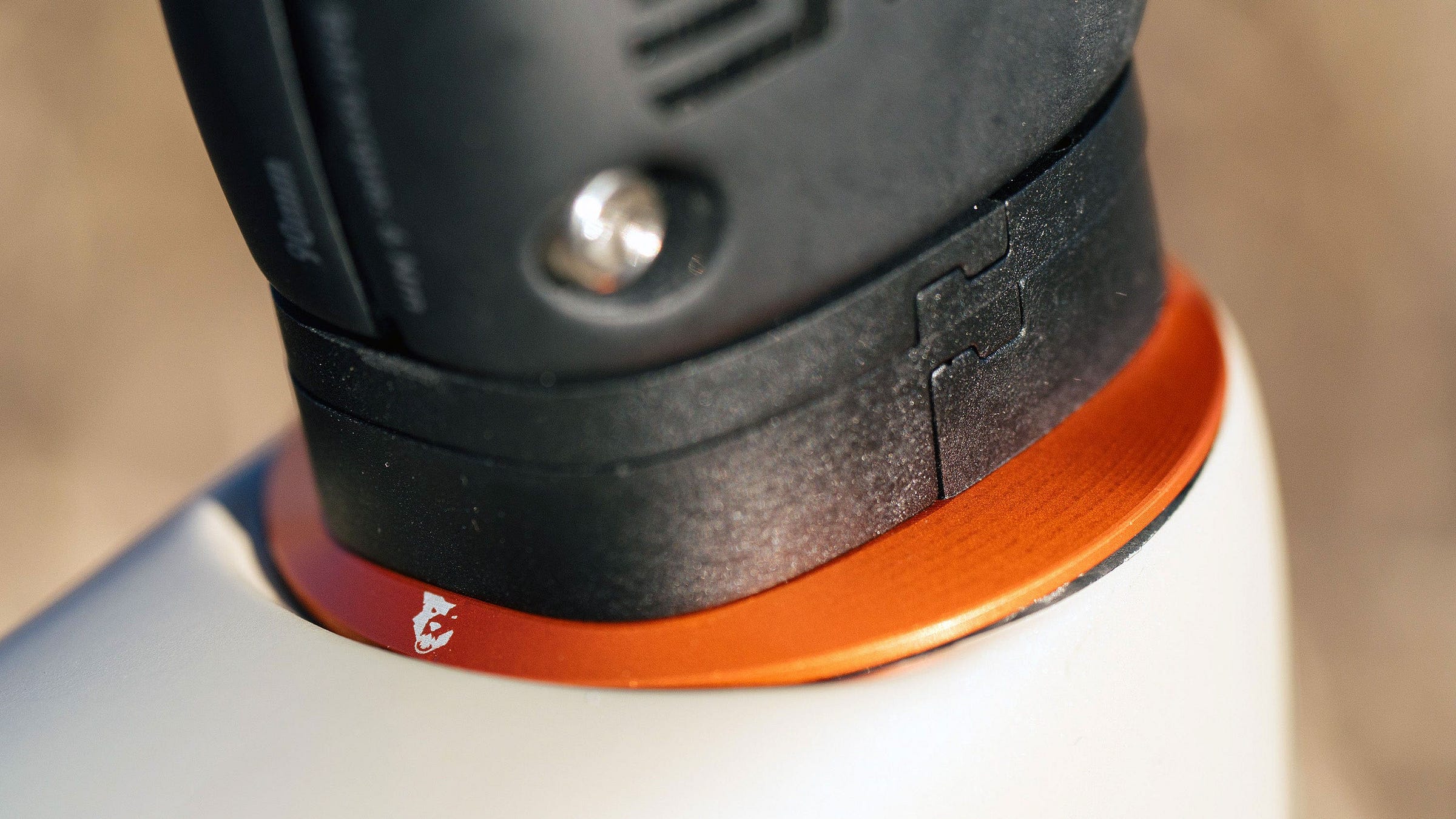
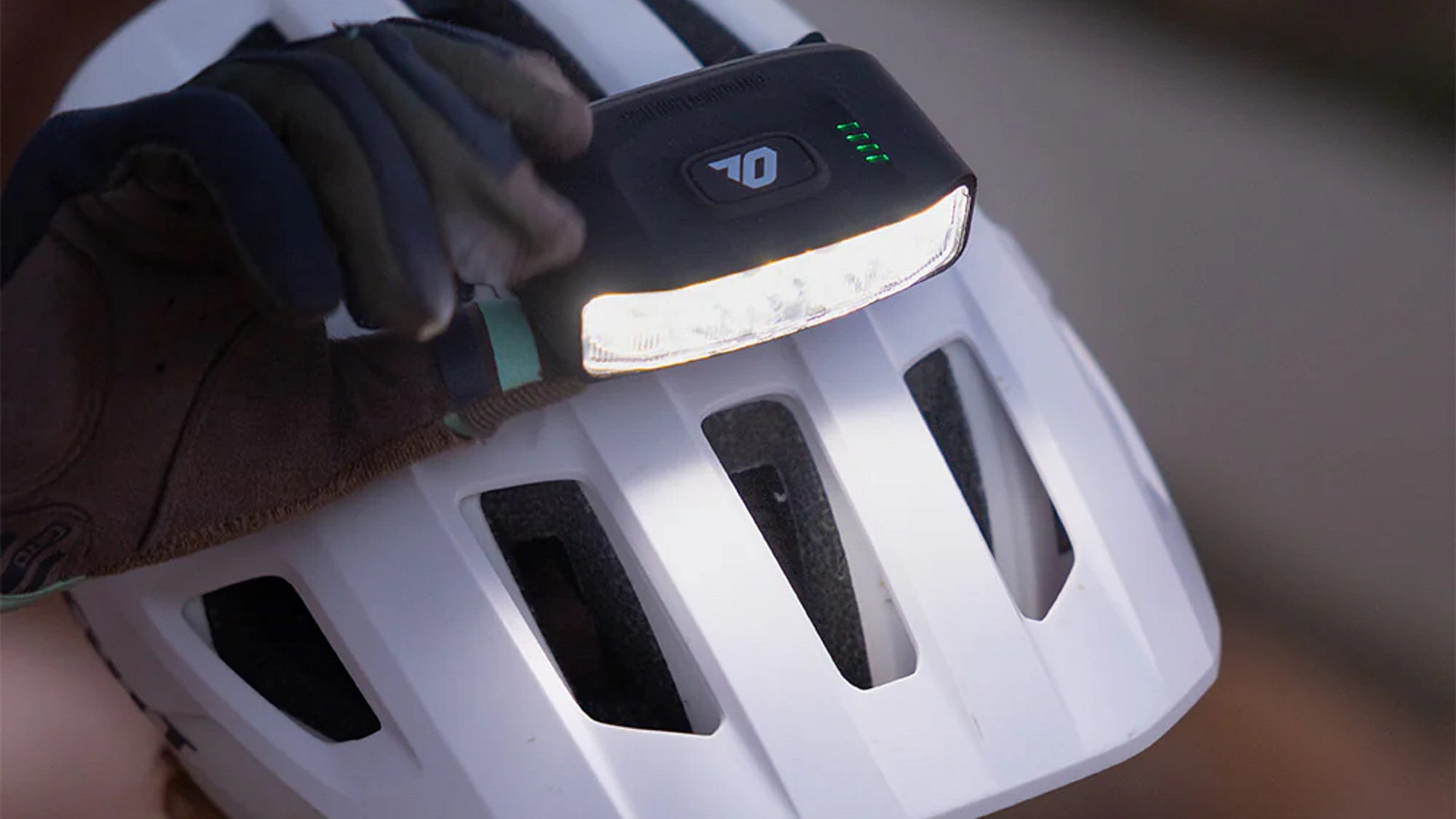
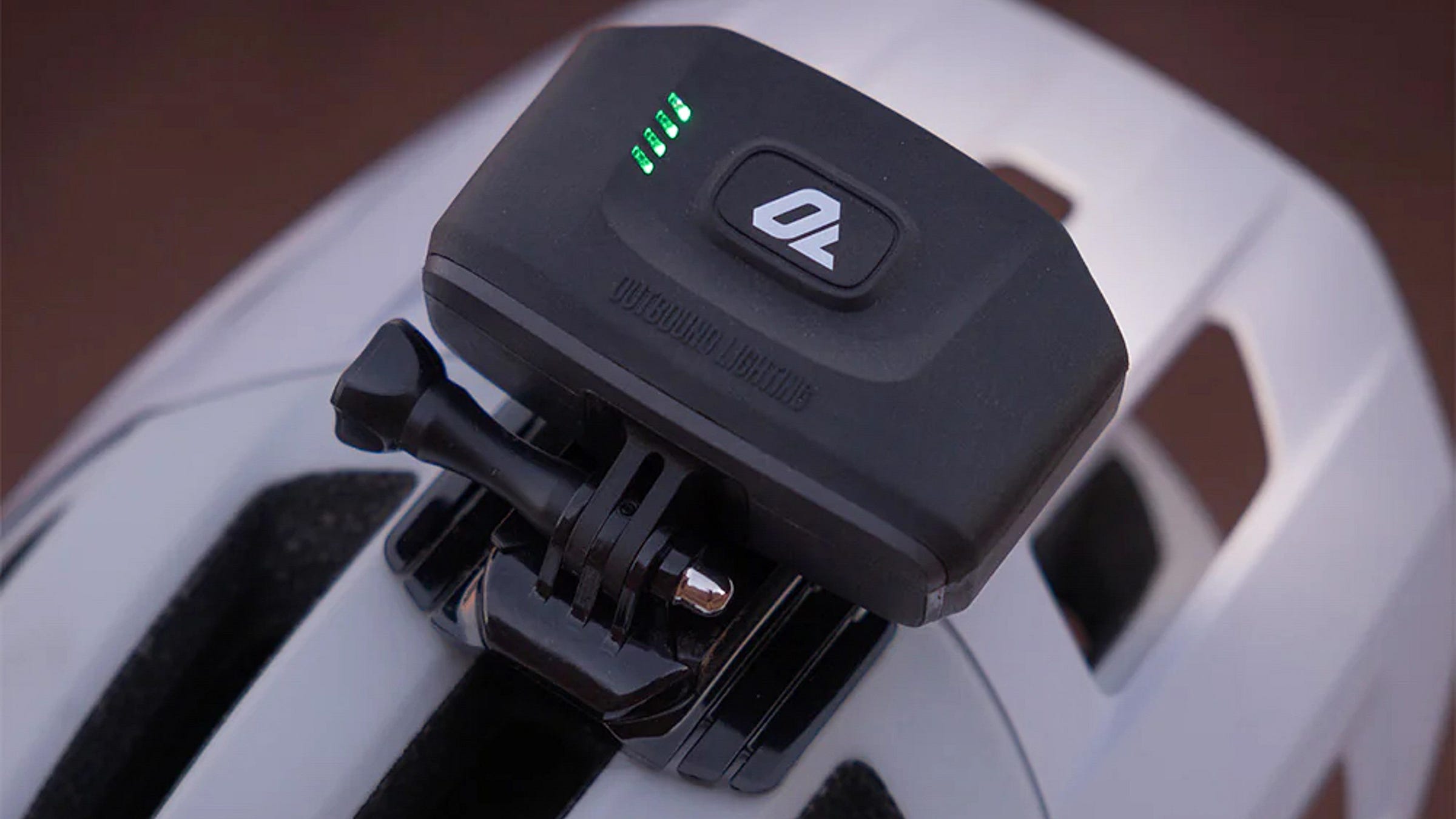
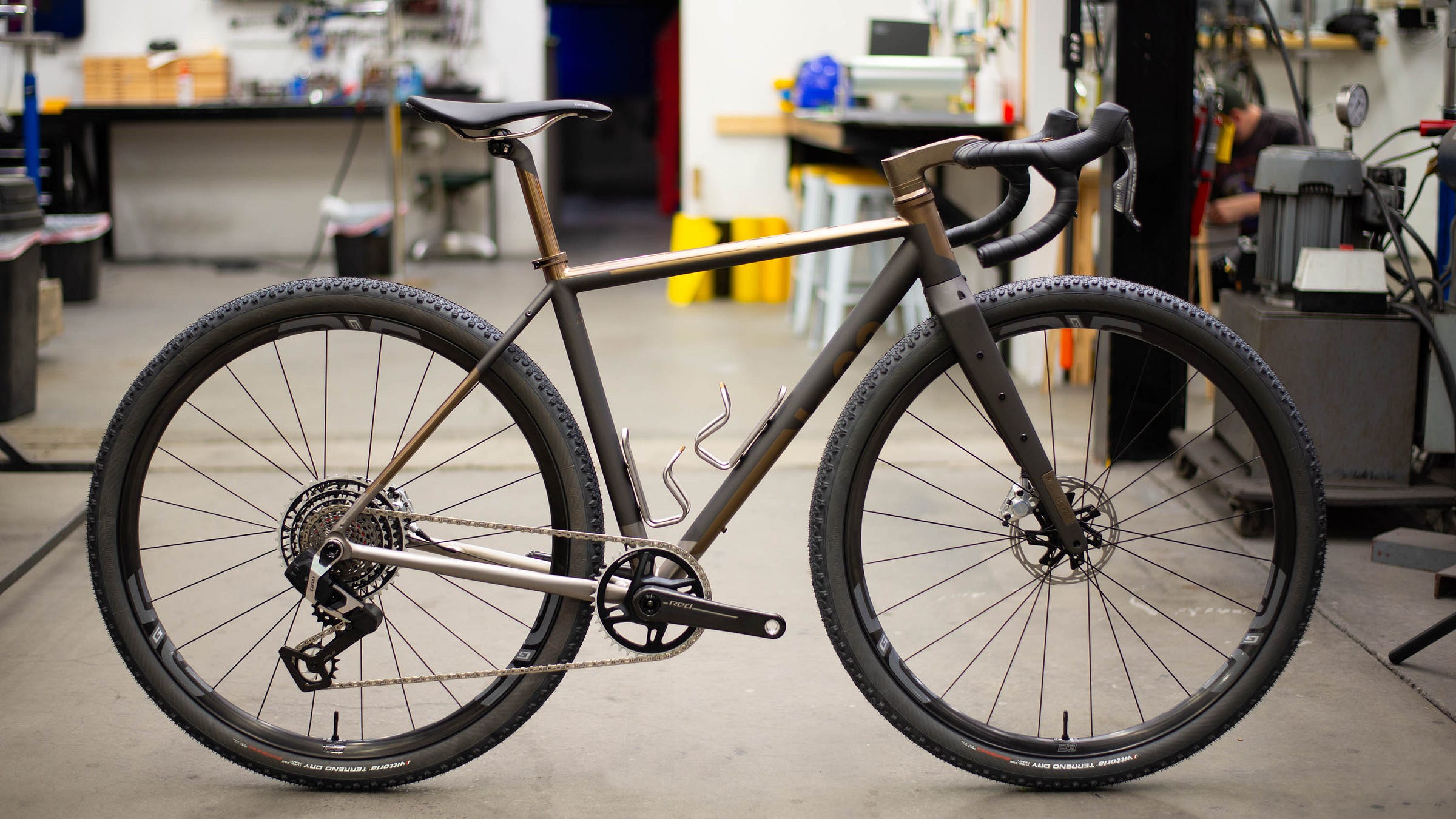
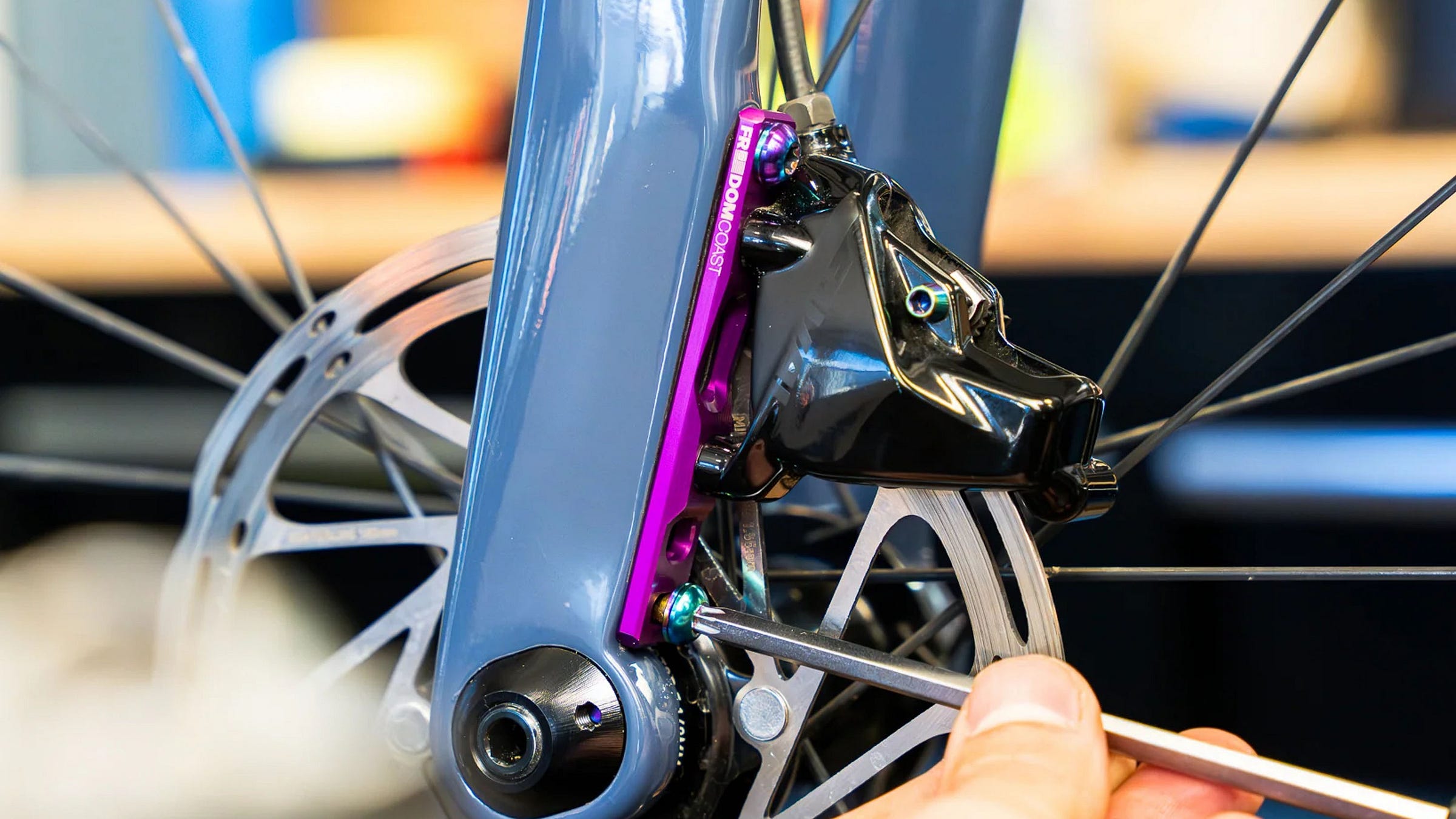
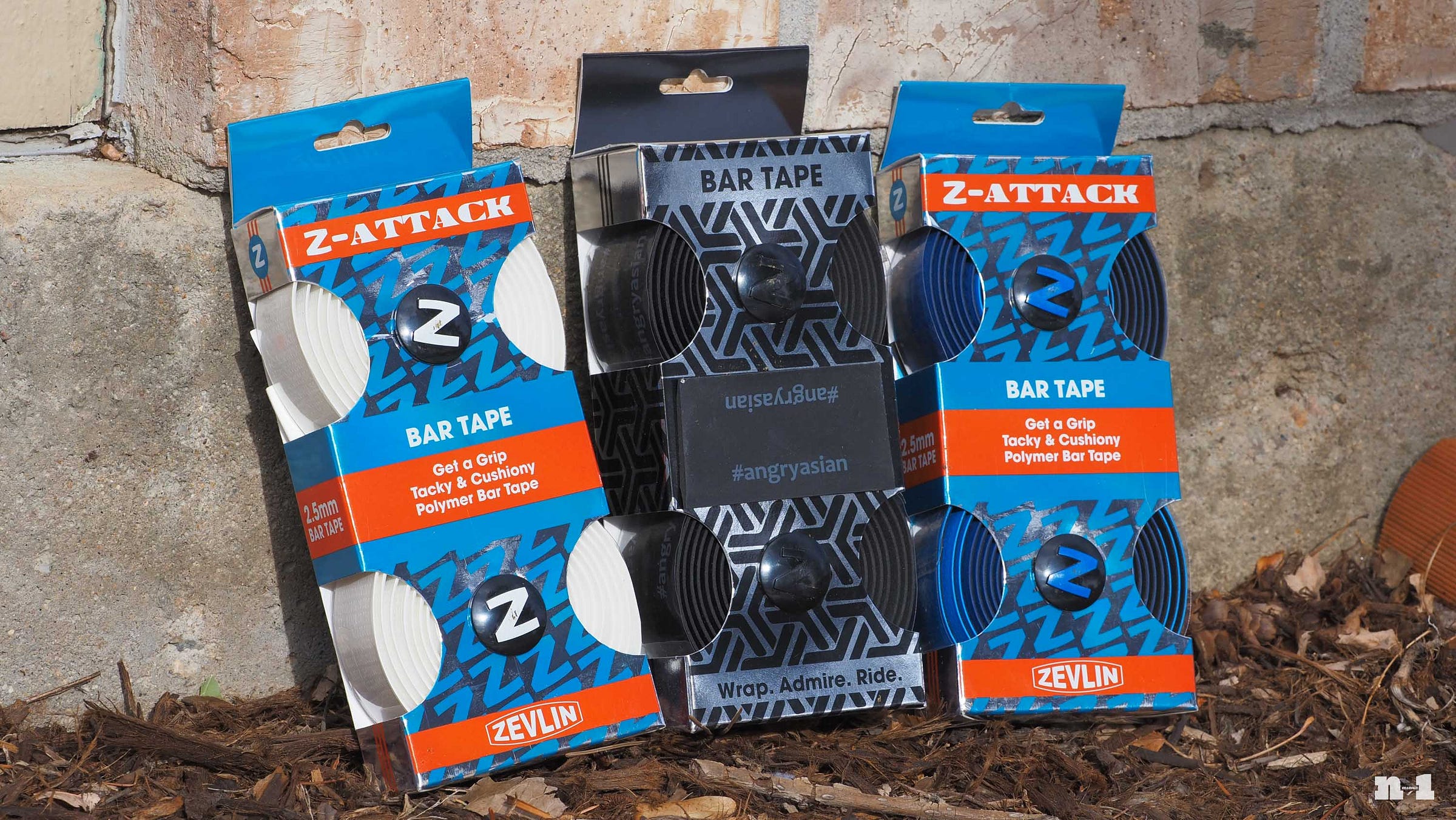
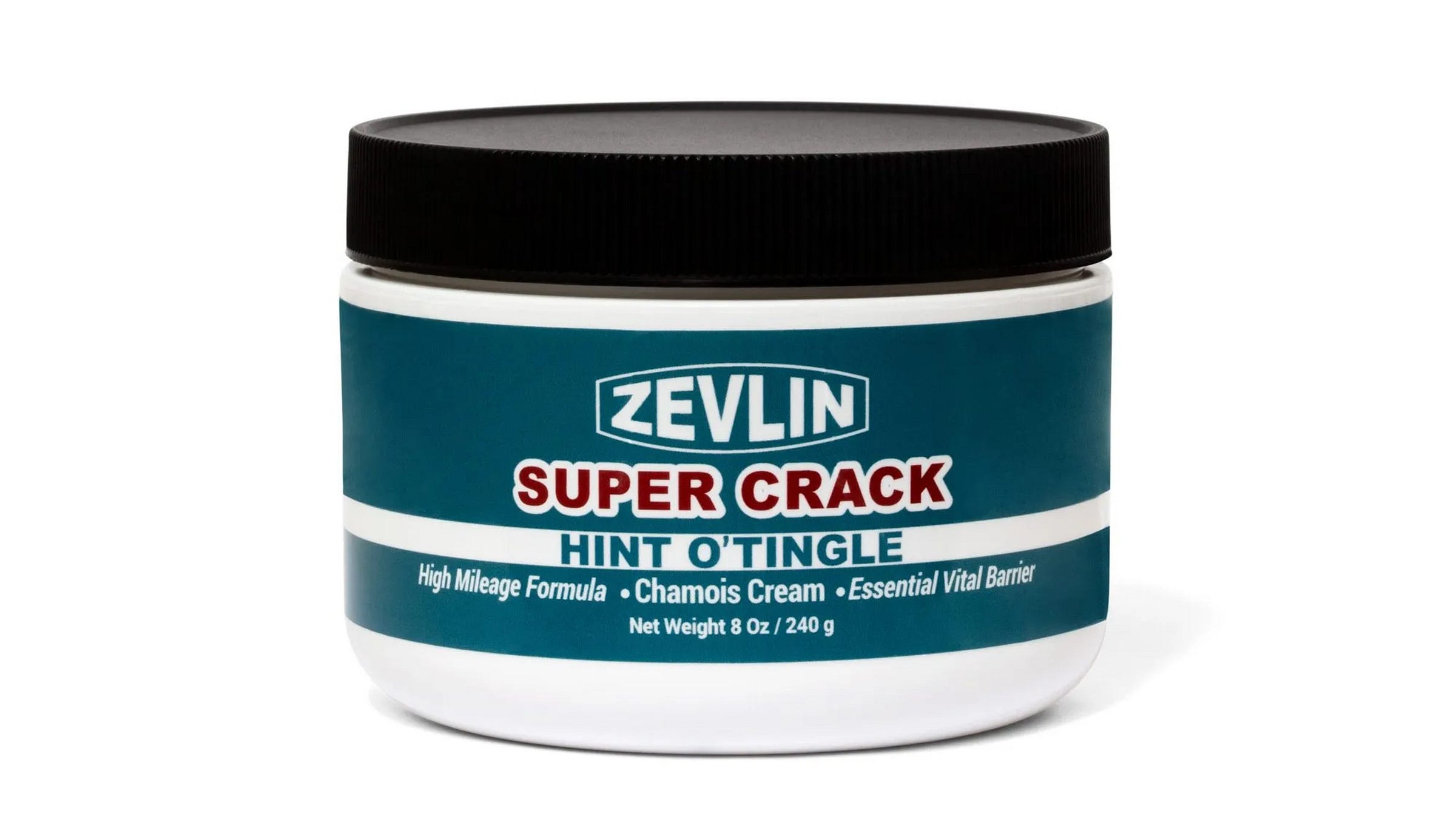

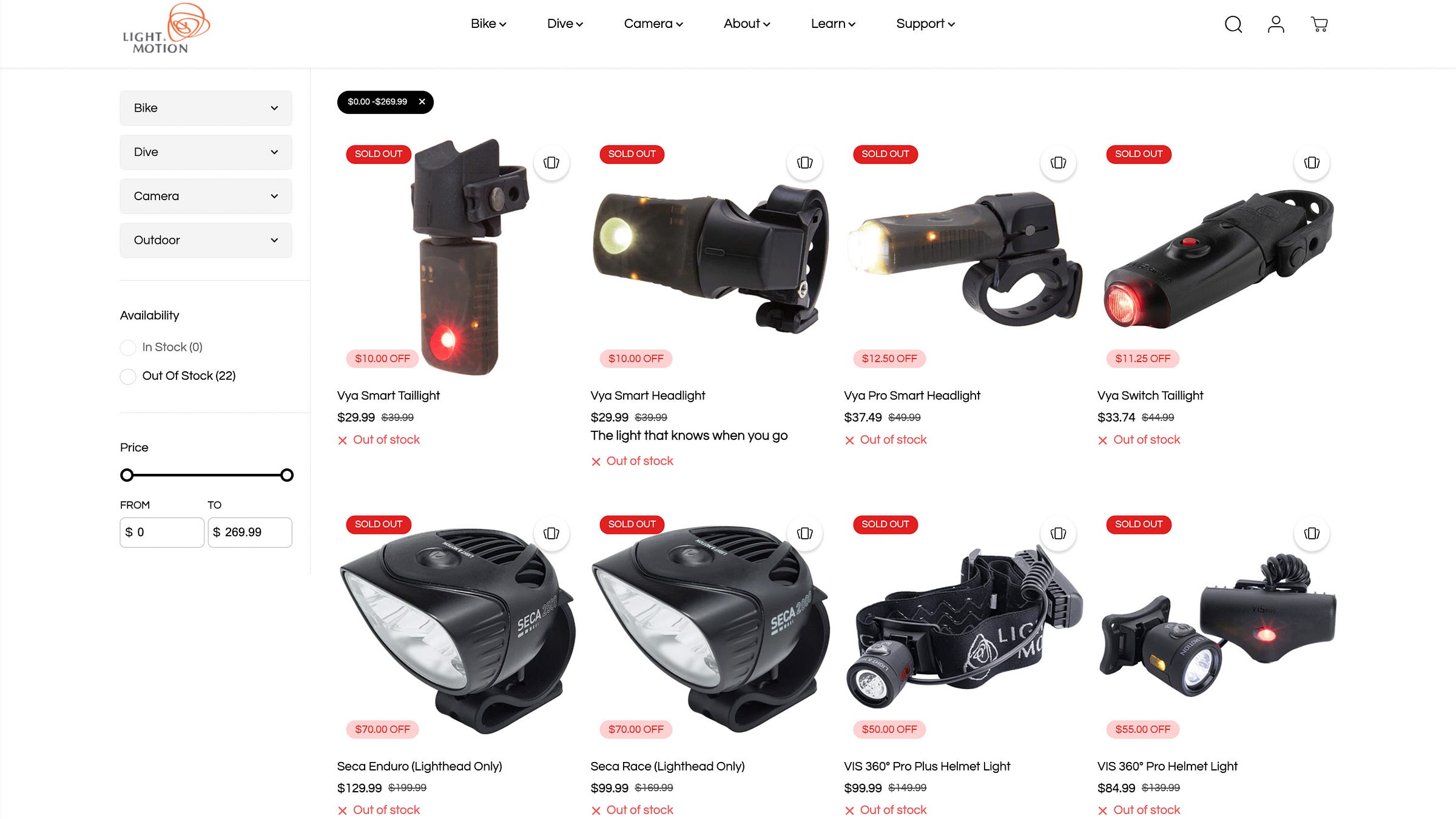




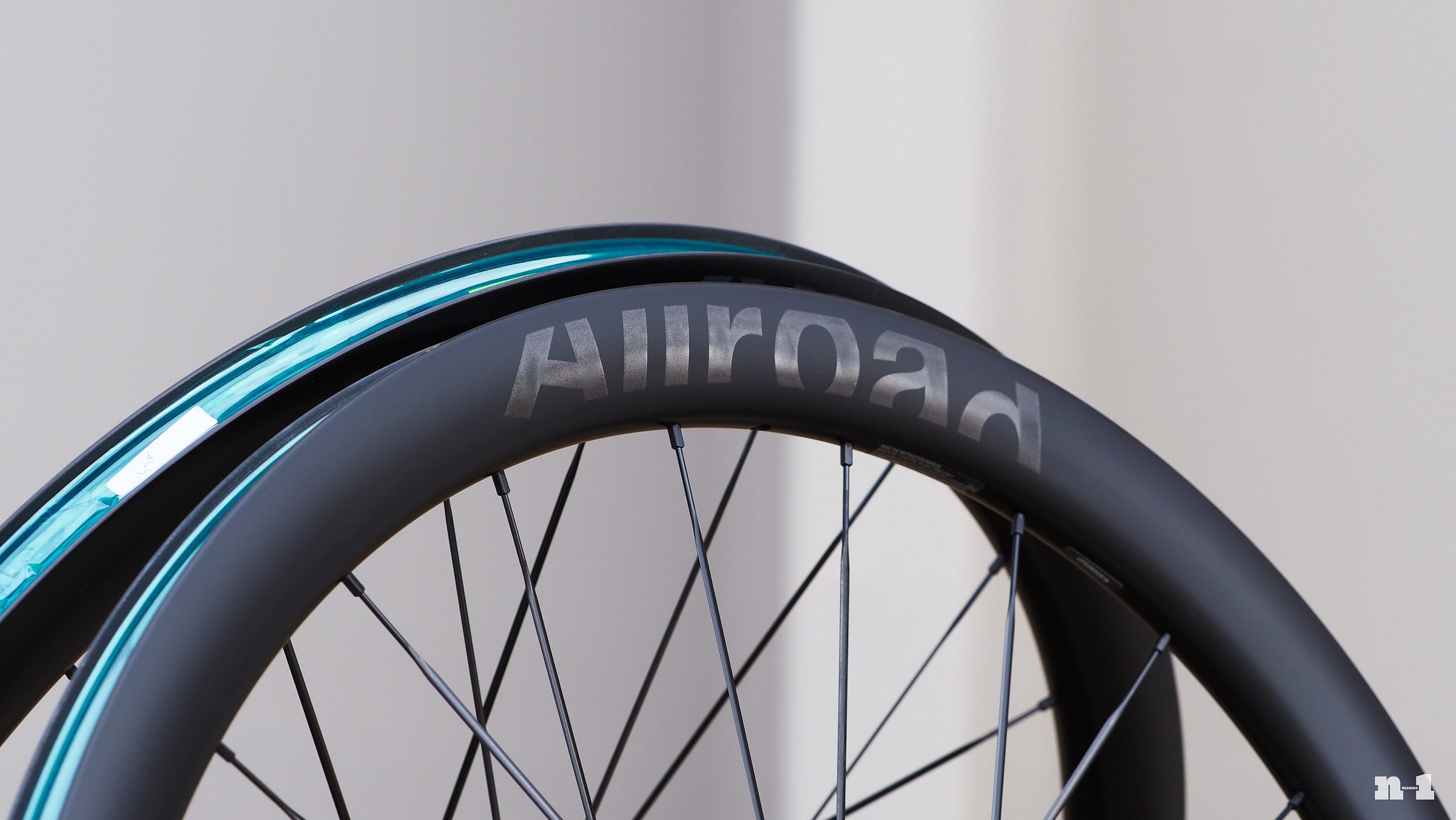
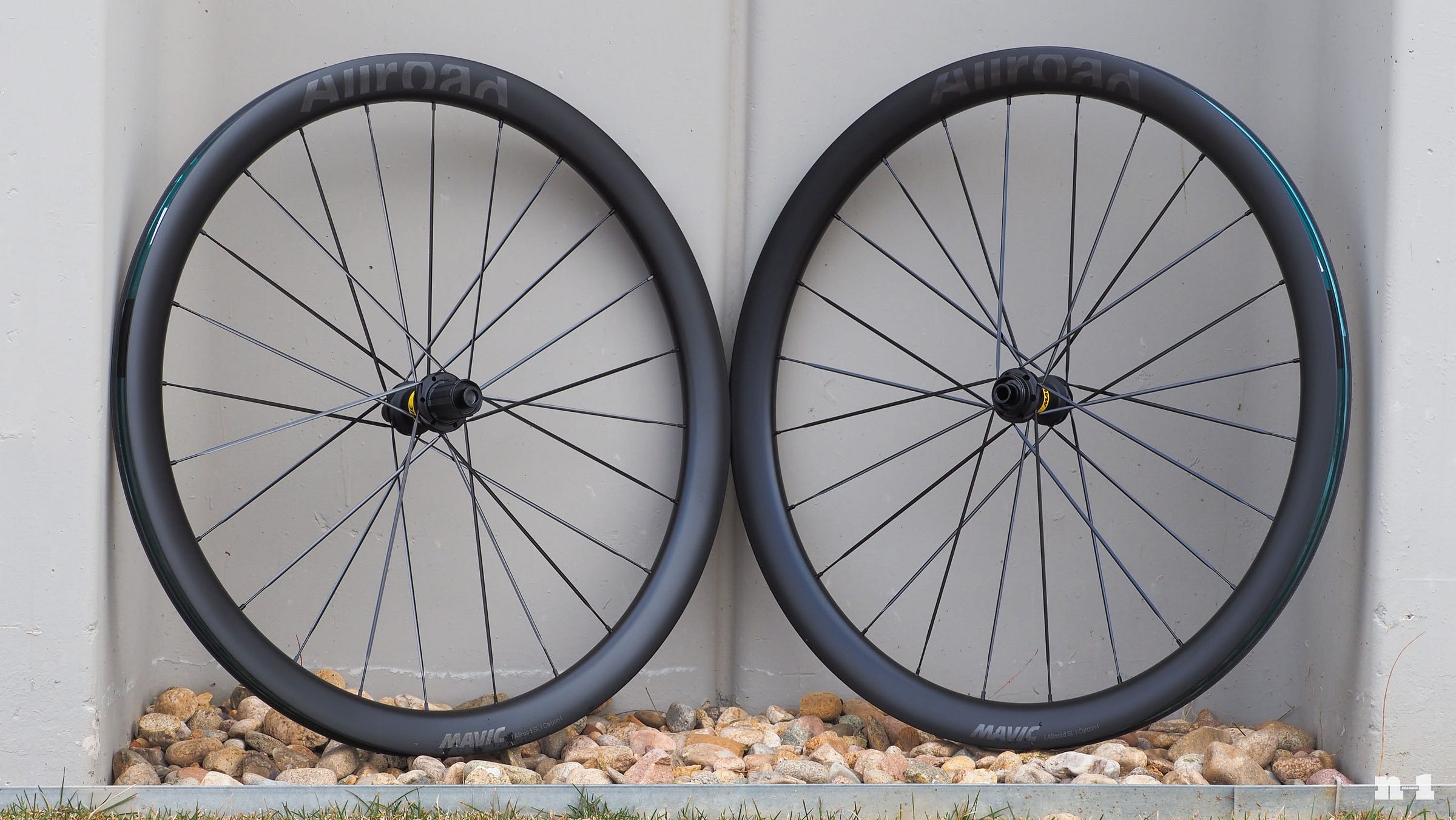
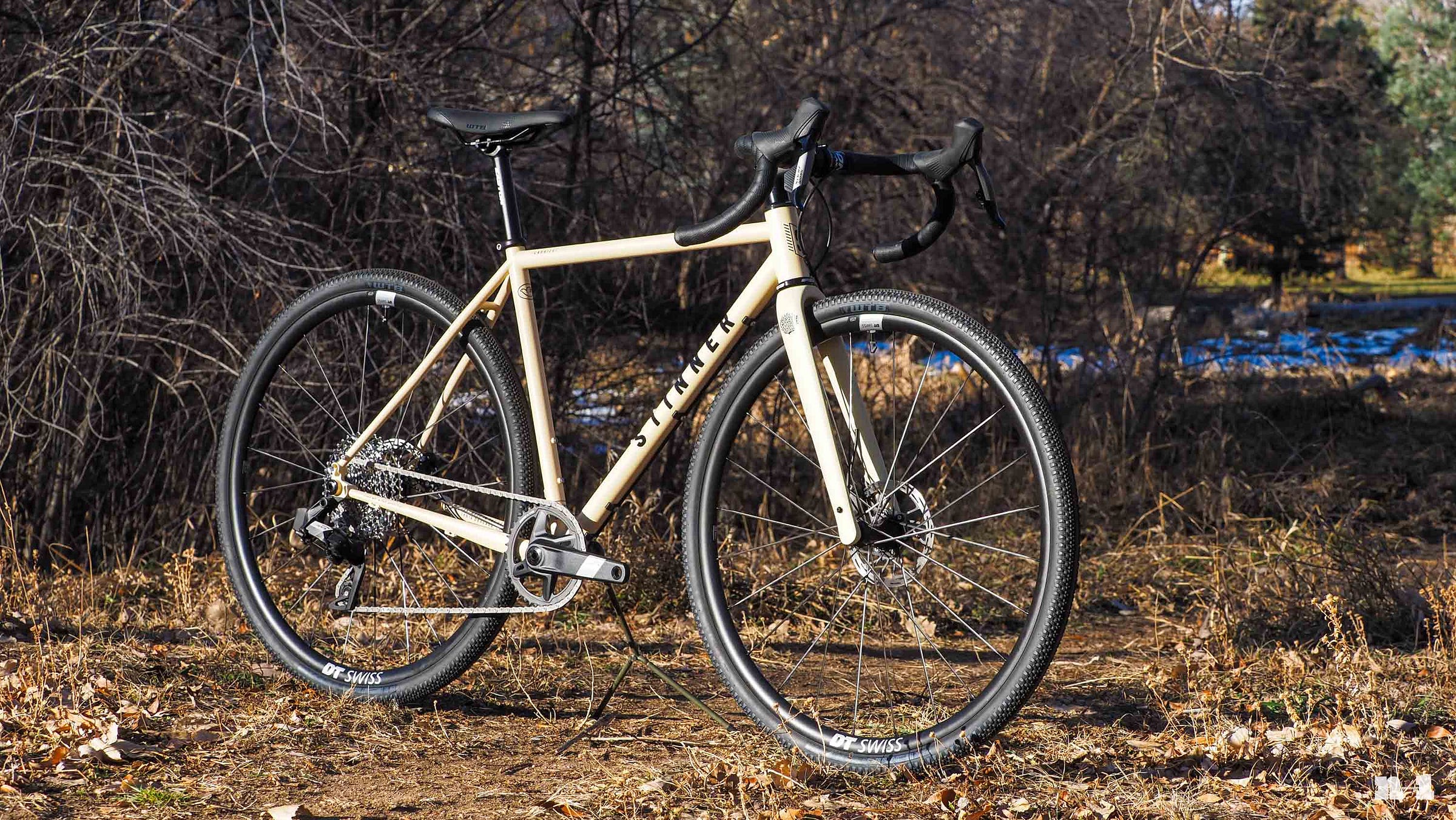
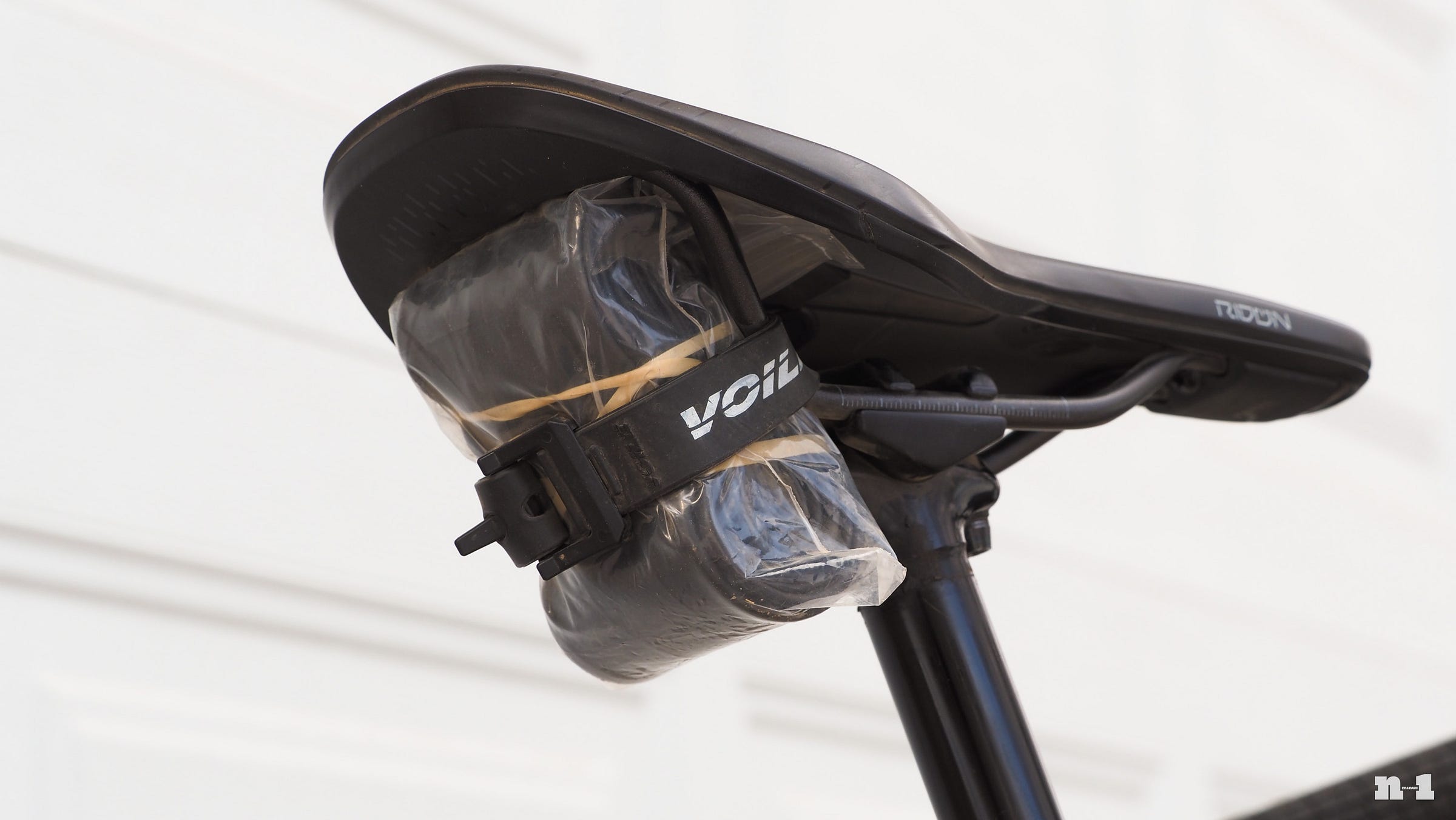

I have almost ordered the Orox. You are testing the 1x12 not the Rohloff, correct? I would have trouble buying the Rohloff because I'd want to swap 29+ rims onto it for summer. I'm curious about the pulley they added to lift the chain over the chain stay, among other things. I'm here for the fat bike content.
Happy 10th news letter anniversary James. My review of this product? Enthusiastic thumbs up!